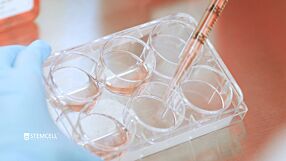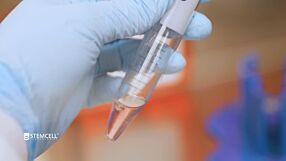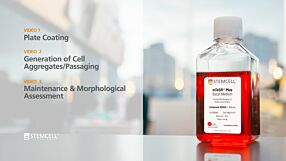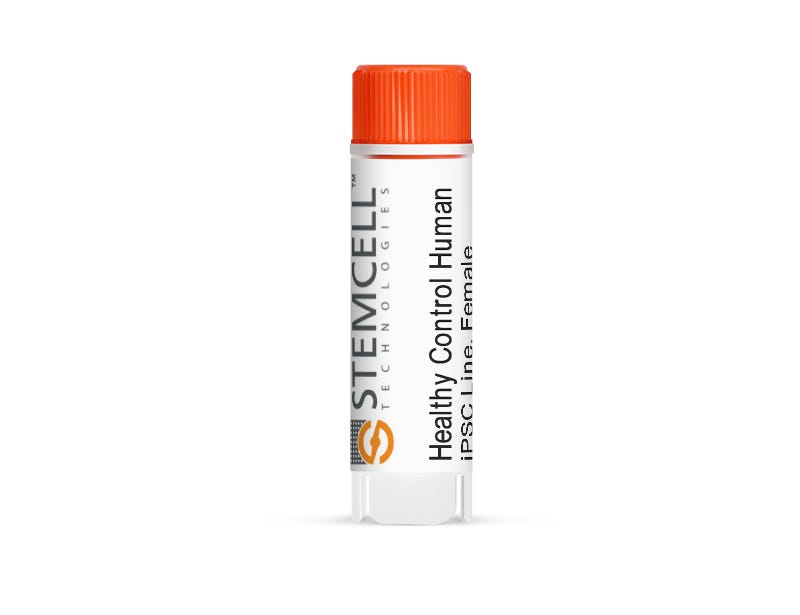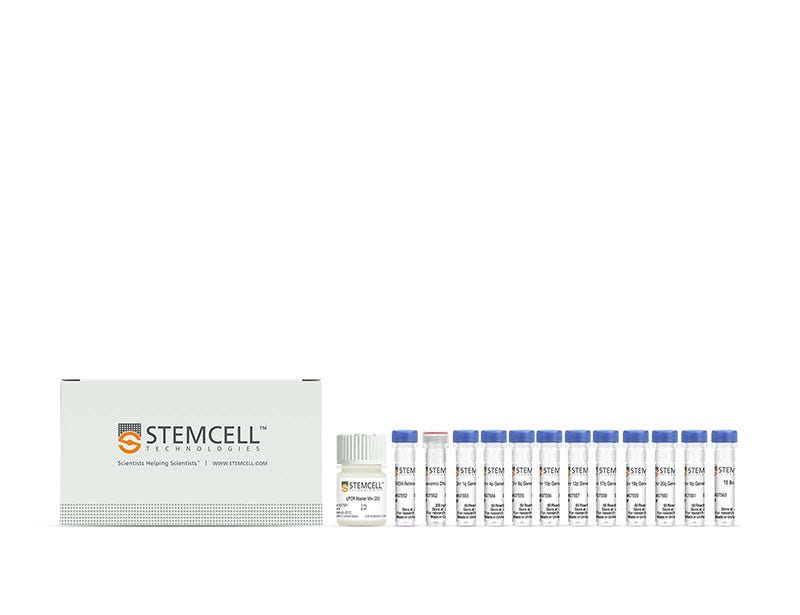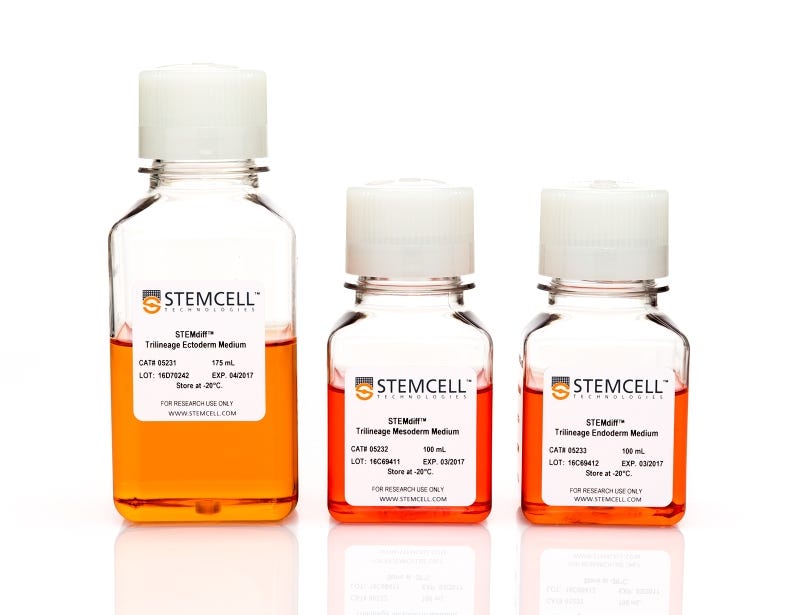How to Maintain and Assess Morphology of Human Pluripotent Stem Cells (hPSCs) in mTeSR™ Plus
Protocol for transitioning human pluripotent stem cells (hPSCs) cultured in feeder-free media, such as mTeSR™1 into mTeSR™ Plus and will cover maintenance and morphological assessment of hPSC cultures in mTeSR™ Plus
In this series of three technical videos, we will guide you through the protocol for transitioning human pluripotent stem cells (hPSCs) cultured in feeder-free media, such as mTeSR™1 into mTeSR™ Plus. This video will cover maintenance and morphological assessment of hPSC cultures in mTeSR™ Plus.
Watch the other videos in the series below:
Video 1: Plate Coating
Video 2: Generation of Cell Aggregates/Passaging
Learn more about mTeSR™ Plus hPSC maintenance media >
Publish Date:
May 20, 2020
Request Pricing
Thank you for your interest in this product. Please provide us with your contact information and your local representative will contact you with a customized quote. Where appropriate, they can also assist you with a(n):
Estimated delivery time for your area
Product sample or exclusive offer
In-lab demonstration
By submitting this form, you are providing your consent to STEMCELL Technologies Canada Inc. and its subsidiaries and affiliates (“STEMCELL”) to collect and use your information, and send you newsletters and emails in accordance with our privacy policy. Please contact us with any questions that you may have. You can unsubscribe or change your email preferences at any time.
